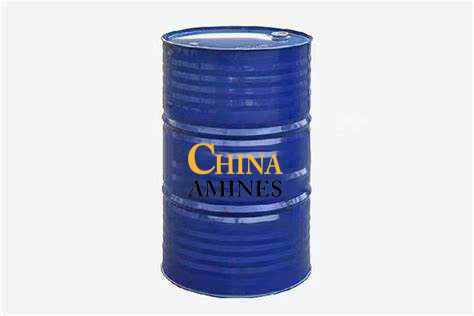1. Chemical Structure and Properties
Molecular Formula: C₈H₁₈O₃
Structural Formula:
HO–(CH₂CH₂O)₂–CH₂CH₂CH₂CH₃
A glycol ether composed of two ethylene oxide units linked to a butyl group, terminated by a hydroxyl group.
Physical Properties:
Appearance: Clear, colorless liquid with a mild, slightly sweet odor.
Boiling Point: 230–235°C; Density: 0.955–0.965 g/cm³; Vapor Pressure: <0.01 mmHg at 25°C.
Solubility: Fully miscible with water, alcohols, and most organic solvents.
Chemical Properties:
Hydrolysis Stability: Stable under neutral conditions; hydrolyzes in strong acids/bases to ethylene glycol and butanol.
Thermal Stability: Decomposes above 250°C, releasing aldehydes and ethylene oxide.
Flammability: Combustible (flash point: ~115°C).
2. Industrial Applications
Coatings & Inks:
Coalescing Agent: Enhances film formation in waterborne paints, adhesives, and printing inks.
Solvent: Dissolves resins and plasticizers in industrial coatings (e.g., automotive, aerospace).
Cleaning Products:
Heavy-Duty Degreaser: Removes oils, greases, and waxes in machinery, engines, and metal surfaces.
Electronics:
Photoresist Stripper: Cleans residues in semiconductor manufacturing.
Personal Care:
Emollient & Stabilizer: Used in cosmetics (e.g., lotions, creams) for moisture retention.
3. Safety and Toxicology
Acute Exposure:
Inhalation: Irritates respiratory tract (TLV-TWA: 10 ppm); dizziness at high concentrations.
Skin Contact: Causes irritation (rabbit skin LD₅₀: >2,000 mg/kg); prolonged exposure may lead to defatting.
Ingestion: Moderately toxic (oral LD₅₀ rat: 3,000 mg/kg); gastrointestinal distress.
Chronic Effects:
Reproductive Toxicity: Potential developmental toxicity (EU CLP: Repr. 1B).
Organ Toxicity: Linked to liver and kidney damage in prolonged occupational exposure.
Protection Measures:
PPE: Nitrile gloves, vapor respirators, and chemical goggles.
Storage: Store in sealed containers away from oxidizers and heat sources.
4. Environmental and Regulatory Compliance
Environmental Impact:
Biodegradability: Moderate (OECD 301F: 40–60% in 28 days).
Aquatic Toxicity: LC₅₀ (fish, 96h): 100–200 mg/L; EC₅₀ (daphnia, 48h): 50–100 mg/L.
Bioaccumulation: Low (log Kow: ~0.5).
Regulatory Frameworks:
EU:
REACH: Restricted in consumer products (Annex XVII); CLP classified as Repr. 1B (H360D).
USA:
EPA: Regulated under TSCA; OSHA PEL: 10 ppm (8-hour TWA).
China:
GB 13690-2009: Classified as Hazardous Chemical (Class 6.1).
Waste Management:
Incinerate in approved facilities; landfill disposal prohibited.
5. Case Studies and Application Insights
Case 1: Sustainable Automotive Coatings (Axalta, 2023):
Challenge: Reduce VOC emissions in waterborne automotive primers.
Solution: Butyldiglycol replaced 20% of ethylene glycol-based solvents.
Result: Achieved 30% lower VOC emissions (ASTM D6886) while maintaining adhesion (ASTM D3359).
Case 2: Green Electronics Cleaning (TSMC, 2022):
Process: Adopted butyldiglycol in 3nm-node lithography for photoresist stripping.
Impact: Reduced solvent waste by 35% and met EU RoHS compliance.
Comparative Analysis:
Butyldiglycol vs. Ethylene Glycol Monobutyl Ether (EGBE):
Pros: Lower bioaccumulation; better water solubility.
Cons: Higher reproductive toxicity and regulatory restrictions.
Butyldiglycol vs. Propylene Glycol Ethers (PGE):
Pros: Superior solvency for polar resins; reduced flammability.
Cons: PGE offers faster evaporation and lower chronic toxicity.
Specifications:
Diethylene glycol butyl ether (2-(2-butoxyethoxy)ethanol) is an organic compound, one of several glycol ether solvents. It is a colorless liquid with a low odour and high boiling point. It is mainly used as a solvent for paints and varnishes in the chemical industry, household detergents, brewing chemicals and textile processing.


